INNOCENT VICTIMS OP-ED
Perpetrators of violence engage in a deadly dance on the backs of children
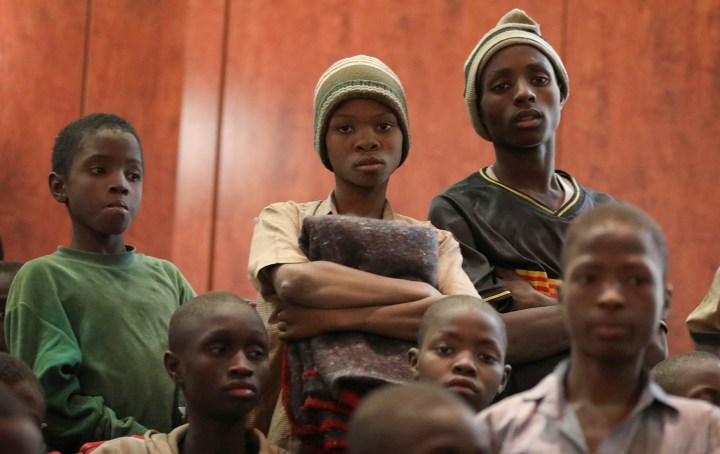
International and civil conflicts continue to deliver great grief and suffering to children and noncombatant young adults across the globe. So far at least, international conventions have had little success in reining in such horrors. Can anything be done?
A few weeks ago, my wife and I happened to be in Cape Town to cat-sit our daughter’s two felines for two weeks while the daughter was on a long-delayed trip to Bali.
She had heard her parents rhapsodise about that Indonesian island’s attractions and our experiences many years ago when we had spent time there. Not surprisingly, when our daughter had a chance to go there with some of her friends, she grabbed the opportunity — and left us with her cats.
But even as she was visiting Bali’s temples, enjoying traditional dance performances, snorkelling, singing in a jazz club (she is a musician), and participating in traditional craft workshops, there was the news of a deadly terror attack at the Crocus concert hall in Moscow’s suburbs. There was a growing roll of fatalities from that attack and the ensuing fire; information that was relayed around the world in real-time that we could not avoid.
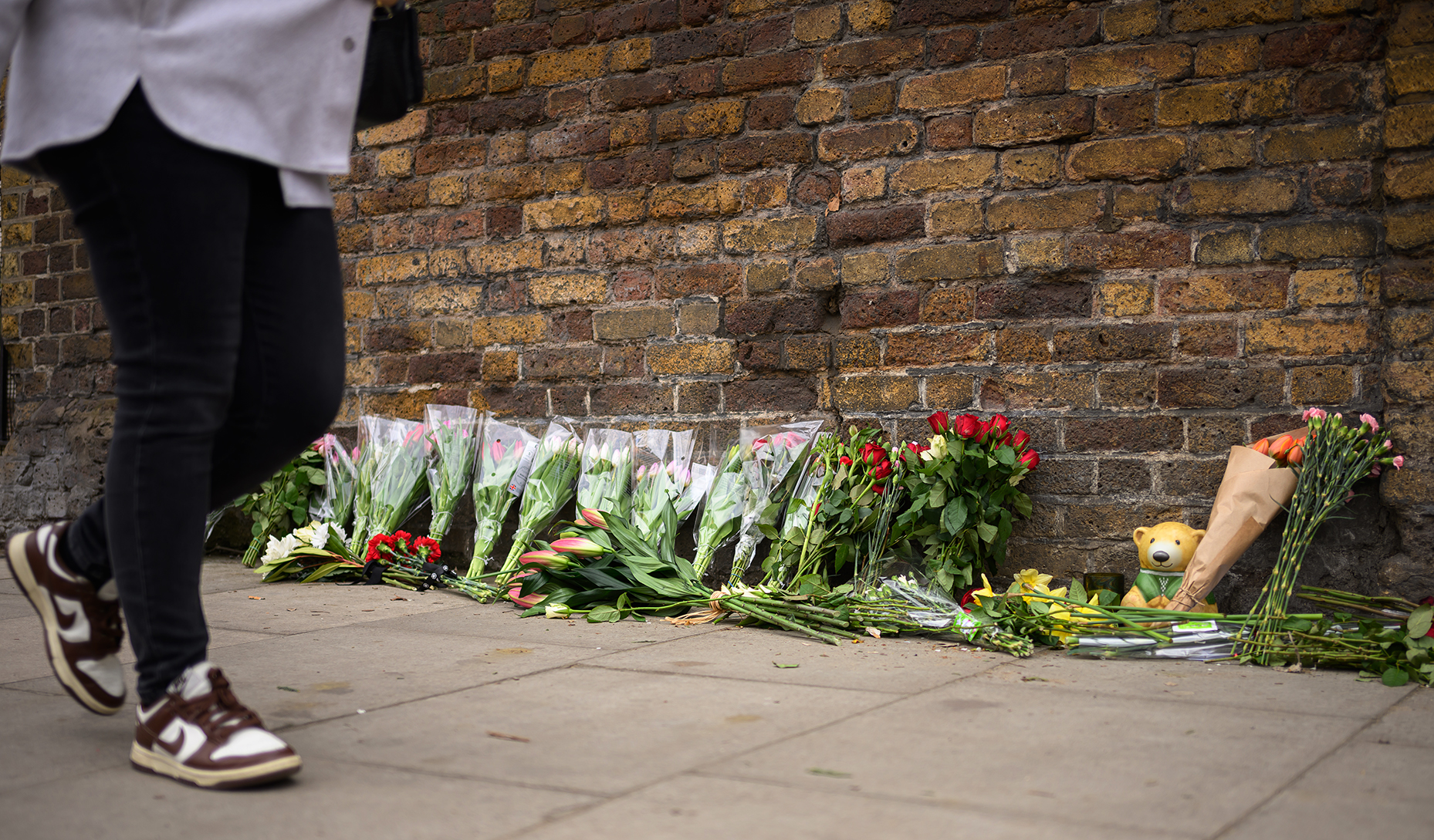
Flowers placed for those killed in the attacks on the Crocus City Hall near Moscow are seen outside the Embassy of Russia, on 23 March 2024 in London, United Kingdom. (Photo: Leon Neal / Getty Images)
For us, that event triggered other memories. Years ago there had been those deadly attacks in a Moscow theatre as well as at a school in Beslan, where children and young people eventually represented a significant share of the death toll.
But because our daughter was in Bali, the Crocus attack triggered memories for us of another dreadful incident some 22 years earlier that had destroyed a crowded neighbourhood of nightclubs, taverns and restaurants in a Balinese resort town. Hundreds of tourists and Balinese had perished and hundreds more were injured by the bomb and the fire it ignited.
While all these events and memories were chasing around in my brain, I had an opportunity to speak online with two young women, Millet Ben Haim and Mazal Tazaso, who had barely survived the Hamas assault on the Nova music festival in Israel on 7 October; an attack that resulted in some 1,200 fatalities and 230 men, women and children taken hostage.
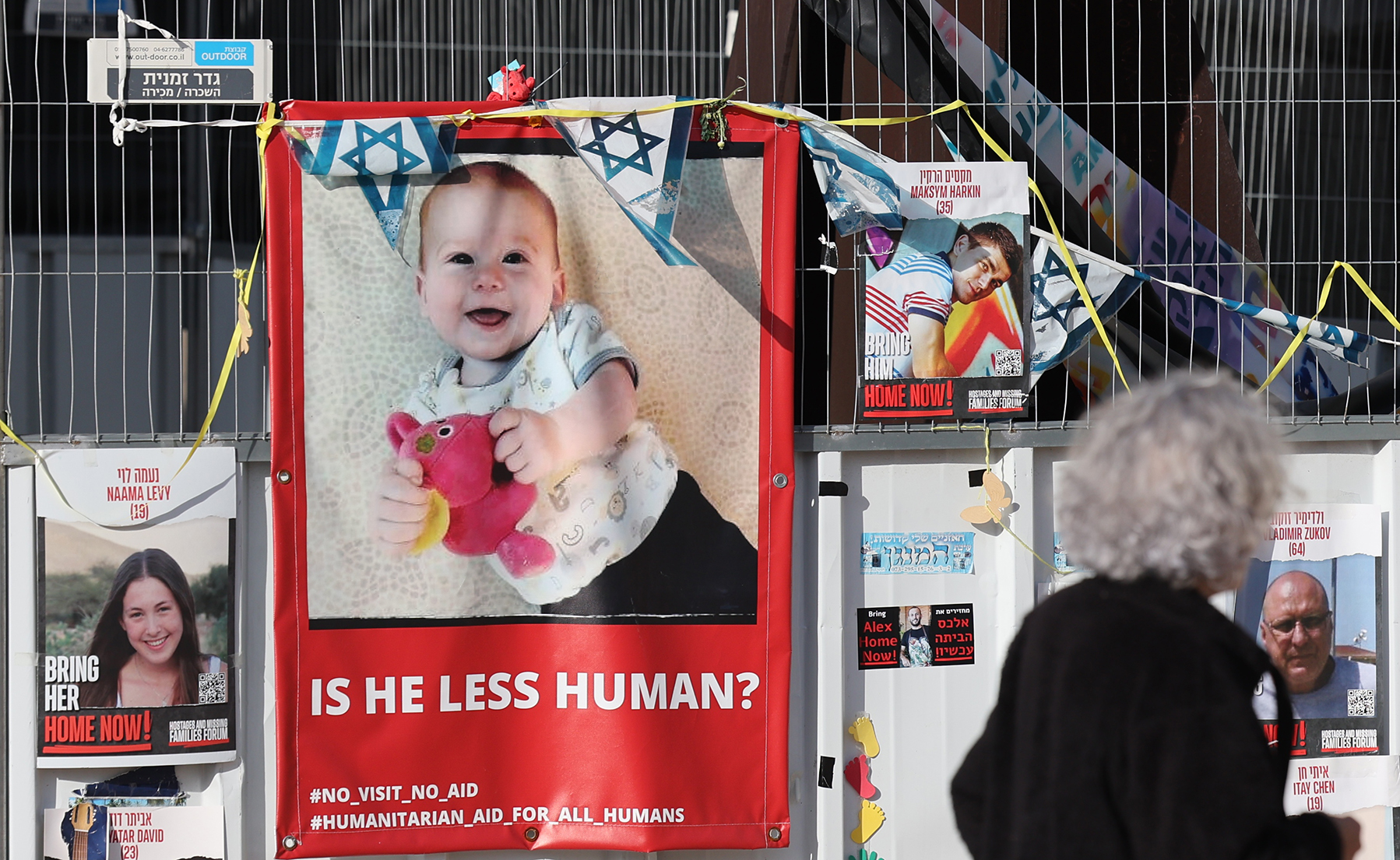
A woman passes photo on 18 January 2024 in Tel Aviv, Israel, of Hamas hostage, Israeli toddler Kfir Bibas. (Photo: EPA-EFE / Abir Sultan)
In our conversation, they begged that noncombatants such as women and children be left out of such conflicts. Although they could only speak for themselves, it was impossible not to see them as representatives — or stand-ins — for the multitudes of other children and young adults worldwide who would not be able to speak to me about their respective torments.
In our conversation, it became an easy step to think of all the many other children and young people in places like northern Nigeria, Sudan, the eastern Congo, Ukraine, Gaza and elsewhere where their lives have ended or their bodies, spirits, and souls have been irrevocably battered. For the two young women, such thoughts were true even if they had survived their respective ordeals.
Incomprehensible and invisible violence
In Nigeria, we must recall the hundreds of young women — boarding school students, really — who were abducted, raped, or forcibly married to their terrorisers; terrorists engaged in a confusing civil conflict. Even now, years after such kidnappings, many have been unable to return to their homes and families.
But because the horrors of their circumstances have taken place beyond the usual beats of most international journalists (even if they could arrange to meet those victims), and perhaps, too, because they were, in some minds, just young African girls, their stories have rarely broken through to front pages or lead stories internationally, let alone generated massive global campaigns to rescue them.
Still, on the African continent, consider the sad circumstances of Sudan. There, because of a relentless civil war between two military factions that has taken place for more than a year, in addition to the on-again/off-again/on-yet-again brutality supported by the national government towards the people in Sudan’s Darfur region, some seven million people — many of them children and young women — are now internal or international refugees. Thousands of others have perished in the fighting.
According to international humanitarian relief agencies, there is the spectre of imminent starvation for multitudes in Sudan. This is for people who have not fled their homes as well as the country’s refugees.
As with the victims in Chibok, Nigeria, the ongoing catastrophe of Sudan, after the first weeks of fighting and the initial movements of refugees, Sudan rarely breaks through into the international news anymore — despite the circumstances. And if the situation in Sudan is both appalling and under-reported, even less well-known is the ongoing trauma in the eastern Democratic Republic of the Congo as a rebel group, M23, continues its depredations across that vast territory.
As usual, women, children, and young women populate the ranks of the victims.
Now, the only news about this concerns international commitments of foreign military units (like those from South Africa) to attempt a restoration of some civil order. The chaos of the fighting thus remains virtually incomprehensible and invisible to most people.
And, of course, the ongoing war in Ukraine because of the Russian invasion has caused terrible damage to Ukrainian citizens — inevitably, once again falling on many non-combatant women, young women and children, especially when the bombs and rockets fly into cities.
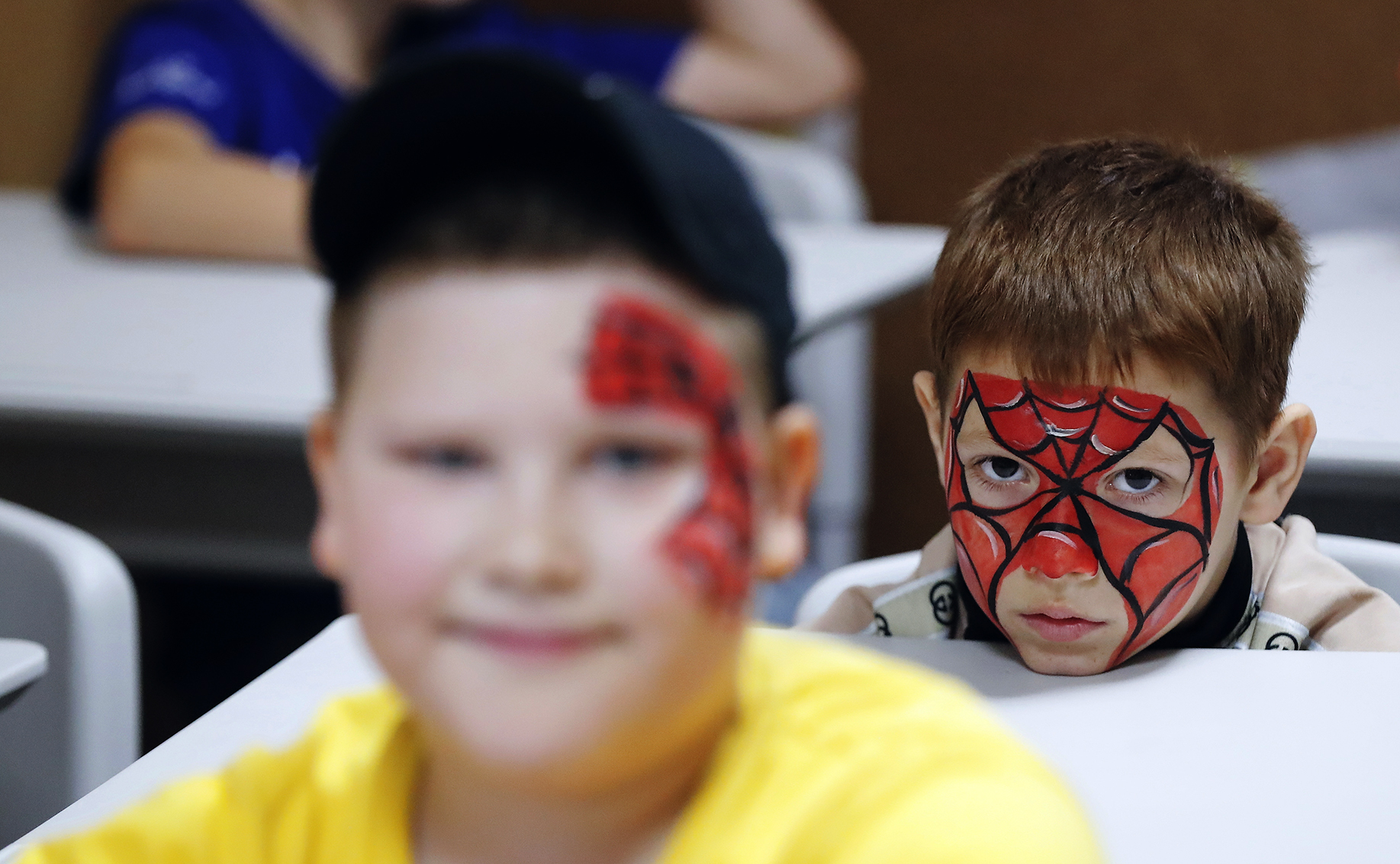
Ukrainian boy Igor (right), 7, waits for a hot meal to be served at the newly opened Day Care Centre For Ukrainian Refugee Children in Bucharest, Romania, on 17 April 2024. (Photo: EPA-EFE / Robert Ghement)
Beyond such casualties, there are the reported 15,000 children kidnapped from families and childcare institutions and carted off to Russia without the consent of the children, their families or the nation.
Those kidnappings led to the International Criminal Court verdicts against the Russian president and his commissioner for children. Nevertheless, the war goes on, the children are in Russia, Putin and company remain free, and the circumstances of those children recede further into the fog of war.
Then, of course, there are the many child and young adult victims in Gaza because of an extraordinarily brutal, often indiscriminate Israeli military onslaught aimed at rooting out and killing Hamas fighters and leaders but producing a multitude of collateral casualties.
Even as Hamas embedded itself within — or under — the population of Gaza in its homes, offices, schools, hospitals and religious sites, the Israeli military’s actions (and the tragic indifference towards civilians in the way it has carried out its mission) has led to thousands of casualties among the territory’s children.
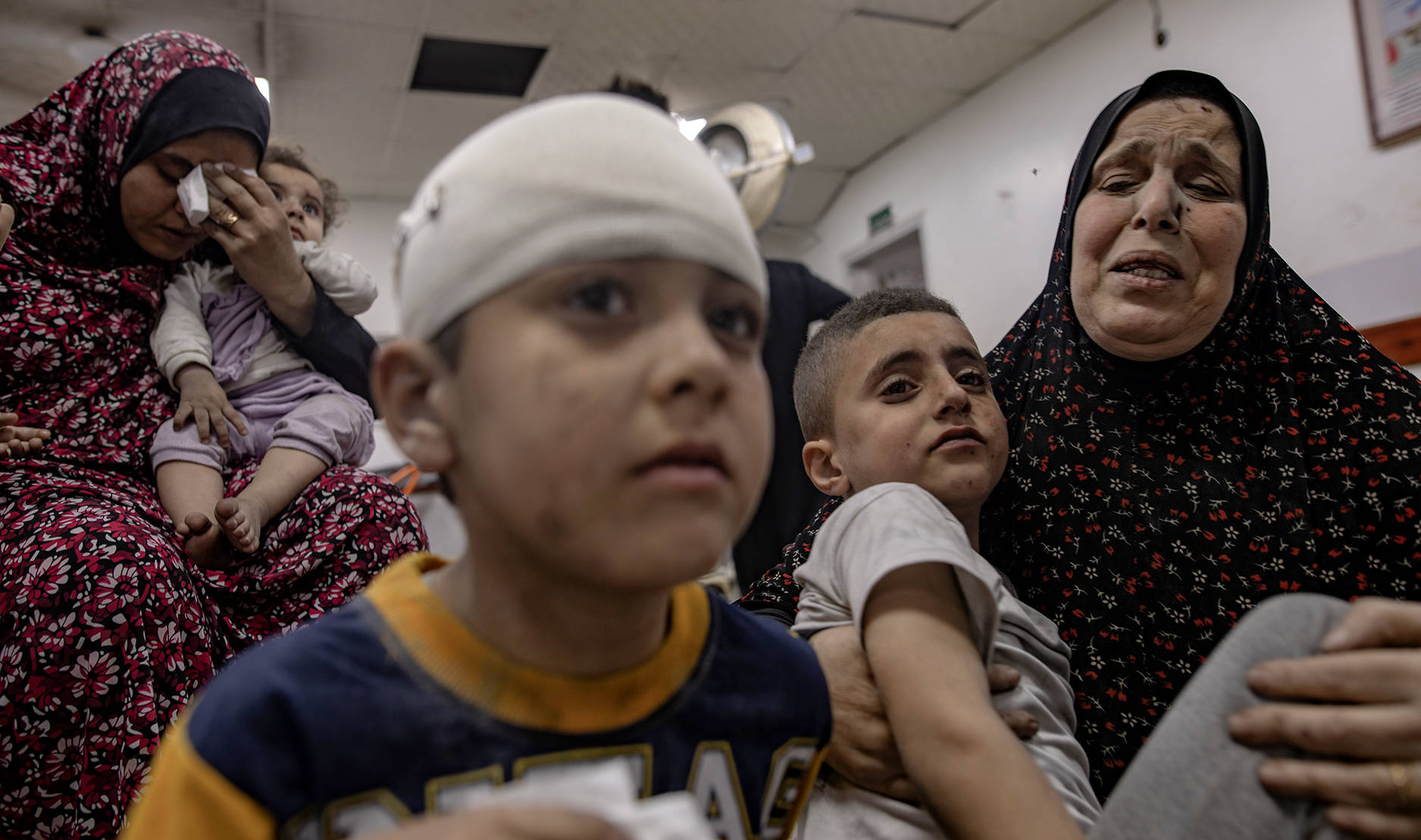
Children and women wait to receive treatment at Al-Najjar Hospital following an Israeli airstrike that hit their home in southern Gaza in Rafah, southern Gaza Strip, on 25 April 2024. (Photo: EPA-EFE / Haitham Imad)
One difference, in contrast to the other examples noted above, has been a growing flood of continuing coverage of events in Gaza, with often unbearable video footage in reportage by international news channels, the internet and newspapers.
The rights of the child
In understanding these events, several other important facts must be embraced, beyond the sheer terror of the acts themselves. There is already an internationally ratified convention on the rights of children that came into effect in 1989. This convention cites the unalienable rights of children to non-discrimination, requirements for acts in the best interests of children, a child’s right to life, survival and development, and their right to be heard.
This convention went beyond an earlier statement passed by the UN General Assembly in 1959, the Declaration of the Rights of the Child. That declaration defined children’s rights to have protection, education, health care, shelter, and good nutrition. (And, presumably, not to be killed or wounded in the crossfire of combat situations or blown to pieces amid civil conflicts.)
Offering yet deeper context, the International Committee of the Red Cross has noted, “The legal protection of children was introduced into international humanitarian law after the Second World War. Experience during that conflict had, in fact, pointed to the urgent need to draw up an instrument of public international law for protecting the civilian population in wartime.
“The results of the ICRC’s efforts in this field led to the adoption of the 1949 Fourth Geneva Convention relative to the protection of civilian persons in times of war. From that time on, children, as members of the civilian population, were entitled to benefit from the application of that Convention.
“Moreover, the first international humanitarian law regulations concerning armed conflicts not of an international character, contained in article 3, common to the four 1949 Geneva Conventions, were drawn up at the 1949 Diplomatic Conference. Here again, children were protected, in the same way as all ‘persons taking no active part in the hostilities’.” [Italics added]
Despite such international law strictures, it is impossible to argue children have been scrupulously and effectively protected in any of the conflicts described above — or in almost every other international or civil conflict since World War 2.
Generally, there has been little done to those who violated the various aspects of international law noted above, other than international public approbation and efforts to impose sanctions regimens against such regimes, movements, and leaders. (Even in the face of ICC rulings, virtually nothing has been accomplished in dealing with the fates of the kidnapped children taken to Russia, for example.)
A million separate tragedies
And that brings us to the two young Israeli women I had spoken with about their ordeals. To watch and listen to them is to be aware of the reality of post-traumatic stress disorder — or PTSD.
In the military, after particularly fierce fighting, the eyes of soldiers have what is sometimes called “the thousand-yard stare” of PTSD after they have witnessed so much fighting they can no longer effectively process the impacts of that experience.
I once saw what seemed to be the remnants of something like that in the eyes of New York Times’ Sydney Schanberg, the reporter who had witnessed some of the worst of the Khmer Rouge’s mass killings in Cambodia. Years later, one could still see in his eyes that in a quiet moment, he had not yet fully shaken off such memories. One didn’t want to intrude.
Representing all those young people in all those other conflicts and events listed above and so many more, consider the experiences of the two young Israeli women, Millet Ben Haim and Mazal Tazaso, who survived the killings at the music festival on 7 October. One minute they were waking up after a night of dancing and singing, and the next they were fleeing for their lives in the chaos and gunfire all around them.
The disorientation, confusion and obvious danger with no clear path to safety lingered in how they described that morning, all those months later when we talked. As representatives for so many more in so many other spaces, as non-combatants and victims, they, too, were the objects of the violence, regardless of any of those international instruments.
Perhaps a bitter irony for those two is that, in their professional lives, they worked in psychological counselling for children, resources from elsewhere that they must now draw upon to process their own memories — although they, at least, survived their ordeals.
All those others around the globe must face their lives with often terrible injuries and memories; must learn how to process their experiences and move forward; and must cope with the losses of family, friends, homes, and communities.
Worldwide, an army of empathetic professionals must focus on helping the many hundreds of thousands, perhaps millions of other young people whose individual traumas can get lost in the larger geopolitical stories that encompass their lives. Those international law instruments may be of little help to them.
Joseph Stalin, in speaking about the vast number of deaths in the Great Purge he had caused among his cadres and ordinary citizens in the old Soviet Union, reportedly remarked that one death was a tragedy, but a million deaths were just a statistic. However, Stalin was wrong. A million deaths, injuries, and other punishments to children and young people is not just a statistic – it is a million separate tragedies, all piled up into one great, terrible monument. DM











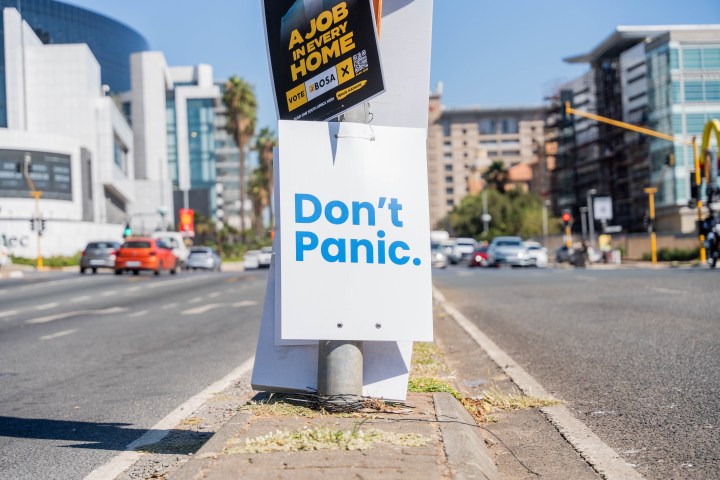








“Yes, for every child, rich or poor …
There’s a time of running through a dark place;
And there’s no word for a child’s fear,
And no ears to hear it if there was a word,
And no one to understand it if they heard.
God save the little children! They abide and they endure.”
– From ‘Night of the Hunter’. Screenplay by James Agee